
 Tech
Tech
 Photography BY Taylor Kempkes
Photography BY Taylor Kempkest’s interesting how perceptions change with time. Take classic trucks as an example. In the ’70s the term “classic” began being applied to any truck that was produced before or shortly after World War II. As the years rolled past, the definition of a classic continued to creep forward and as a result ’60s and ’70s trucks began being referred to as classics. To prove the point that perceptions, and the definitions that go with them, change with time, we offer what are often referred to as OBS (old body style) Chevys.
OBS became a term used to distinguish ’88-98 Chevy and GMC truck styling from those that would follow in 1999 (Tahoe, Yukon, and Suburban styling stayed the same through 2000). While using the term “old” to a body style that was discontinued in 1998 seems odd, that was 26 years ago. Time really does fly by.
Regardless of the label put on them, the OBS series have a lot to offer. They’re good looking, comfortable, there’s an abundance of aftermarket parts available, and they’re plentiful, which means they are reasonably affordable.
One of the most common modifications made to pickups and SUVs, including OBS Chevys and GMCs, is lowering them substantially. While that looks cool, it can create a couple of problems: ride quality may suffer and tire clearance when turning can be a problem—but there is a cure for both issues. Classic Performance Products (CPP) PN 8898FCO-K comes with coilover shocks and narrowed tubular control arms for OBS Chevy/GMC pickups and SUVs.
CPP’s Narrowed Totally Tubular control arms are 1-inch narrower per side, providing the added clearance necessary to keep the tires away from the fenders. Made in Placentia, California, CPP’s control arms use their proprietary D-Spec bushings and come with endlinks to accommodate the large 1-1/4-inch factory sway bar. These narrowed control arms work with factory or lowered coil springs and also make converting to coilovers a simple, bolt-on process with no fabrication required.
In conjunction with the control arms, converting to CPP’s coilovers provides a variety of additional benefits. Coilovers provide the capability of easily altering ride height. The threaded shock bodies and spring seats can be used to alter the preload on the springs to raise or lower the vehicle. In addition, the coils can be swapped to optimize the spring rate for the desired ride quality. To fine-tune the suspension, CPP’s coilover shocks have separate adjustments for compression and rebound damping. Each adjustment offers 19 “clicks,” resulting in a staggering 361 possible combinations.
One of the obvious differences between conventional coilovers and those in the CPP kit is the design of the springs. The lower ends of the CPP springs sit on the adjusters on the shock bodies as per usual but the large-diameter upper ends fit into the original coil spring pocket in the frame. That means no modifications to the chassis are necessary. Additionally, the design allows for a longer and lighter spring for more stored energy, which results in better ride quality than can be had with shorter, conventional coilover springs. An added benefit is that by applying pressure from the springs directly to the frame, strength is improved when compared to mounting the coilover by a single stud.
Installing CPP’s tubular control arms isn’t difficult, although it does require separating the tie-rod ends and ball joints from the spindles and removing the stock shocks and coil springs. Installing the control arms is a remove-and-replace operation, and converting to coilovers is about as simple as replacing the shock absorbers. The end results of installing CPP’s Totally Tubular control arms will provide increased clearance to eliminate tire-to-fender contact and adding coilovers will allow ride height adjustment, shock compression, and rebounded adjustments. It’s a great way to get the lowdown on a new classic.


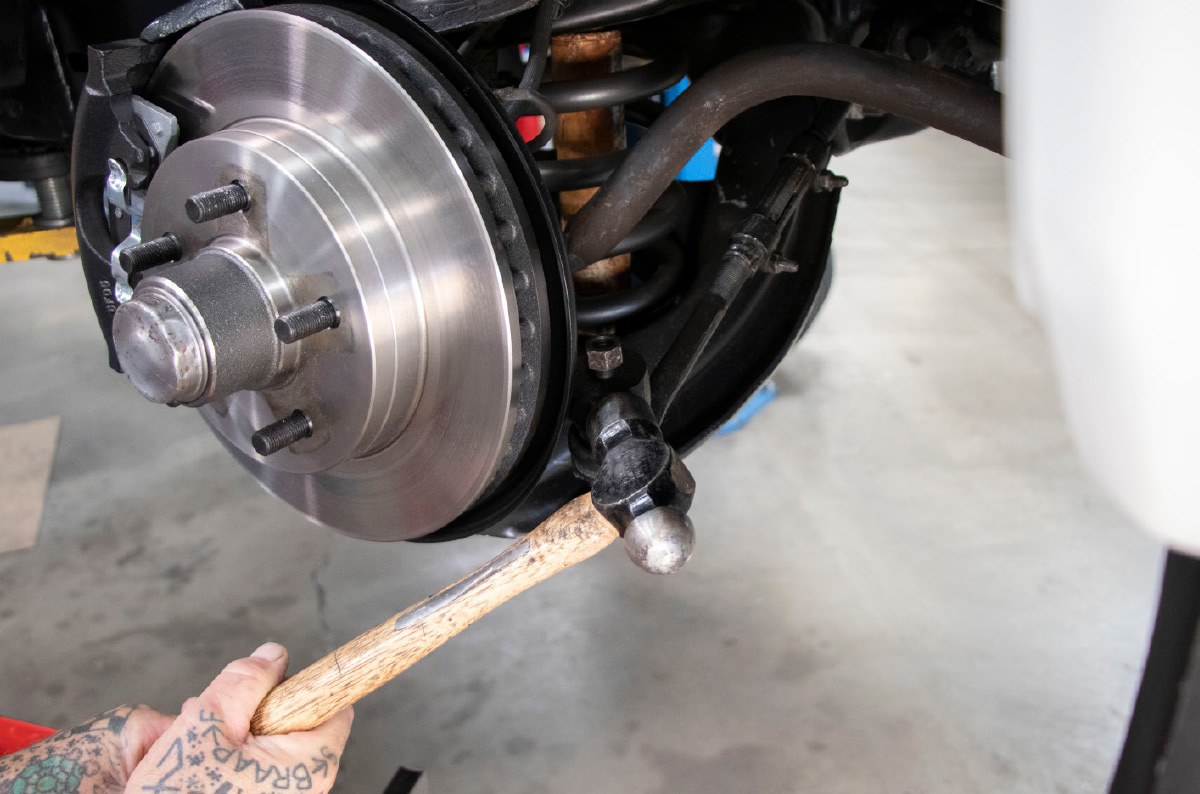

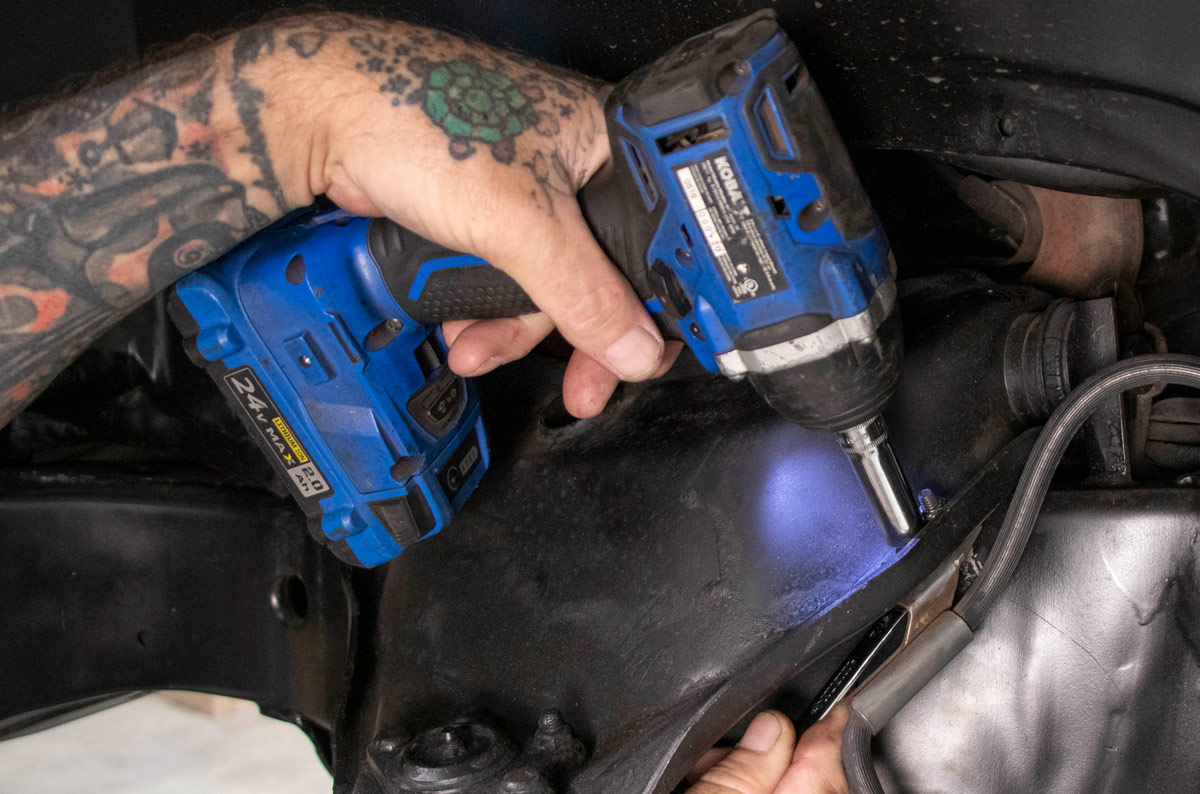



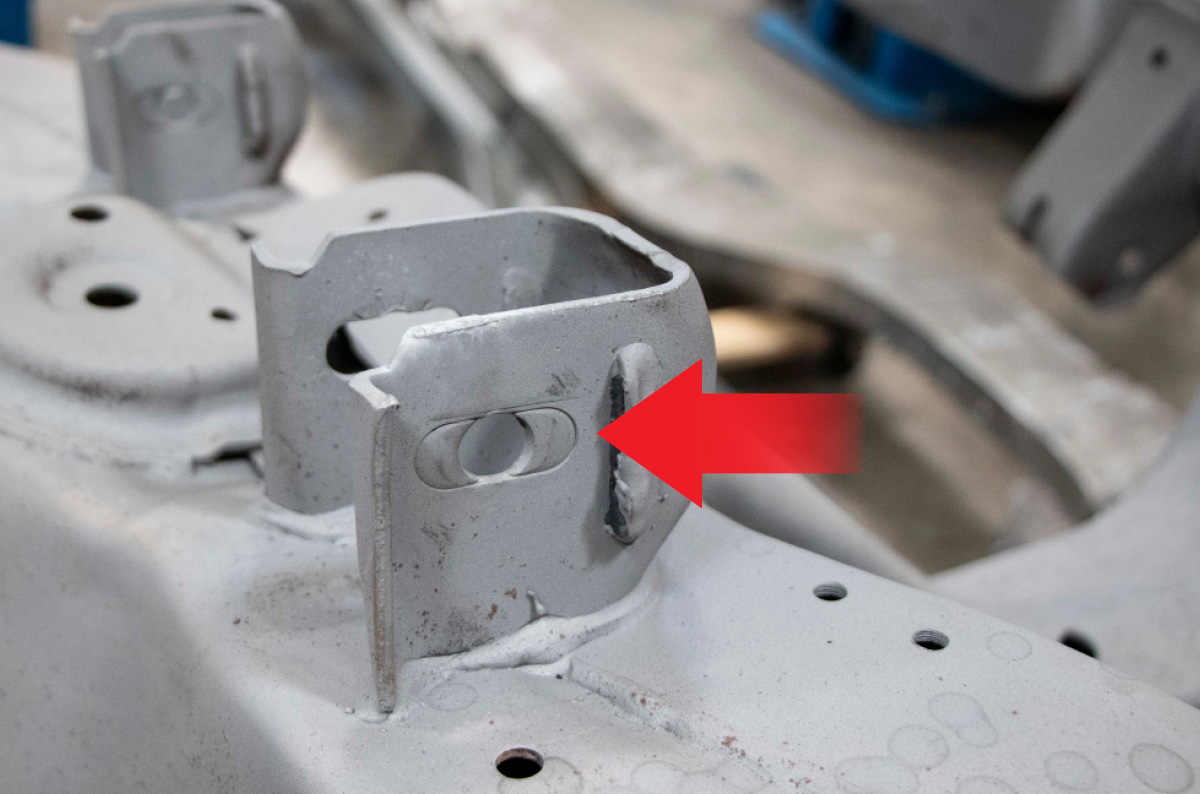
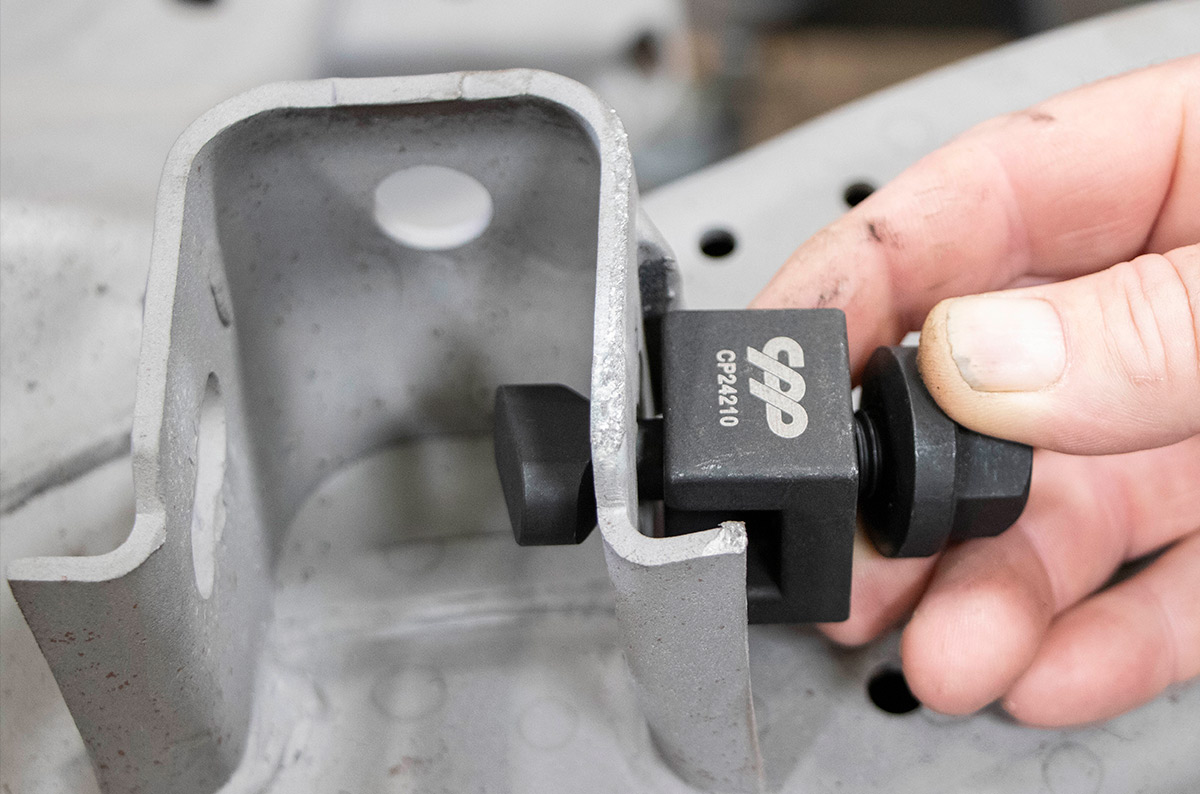

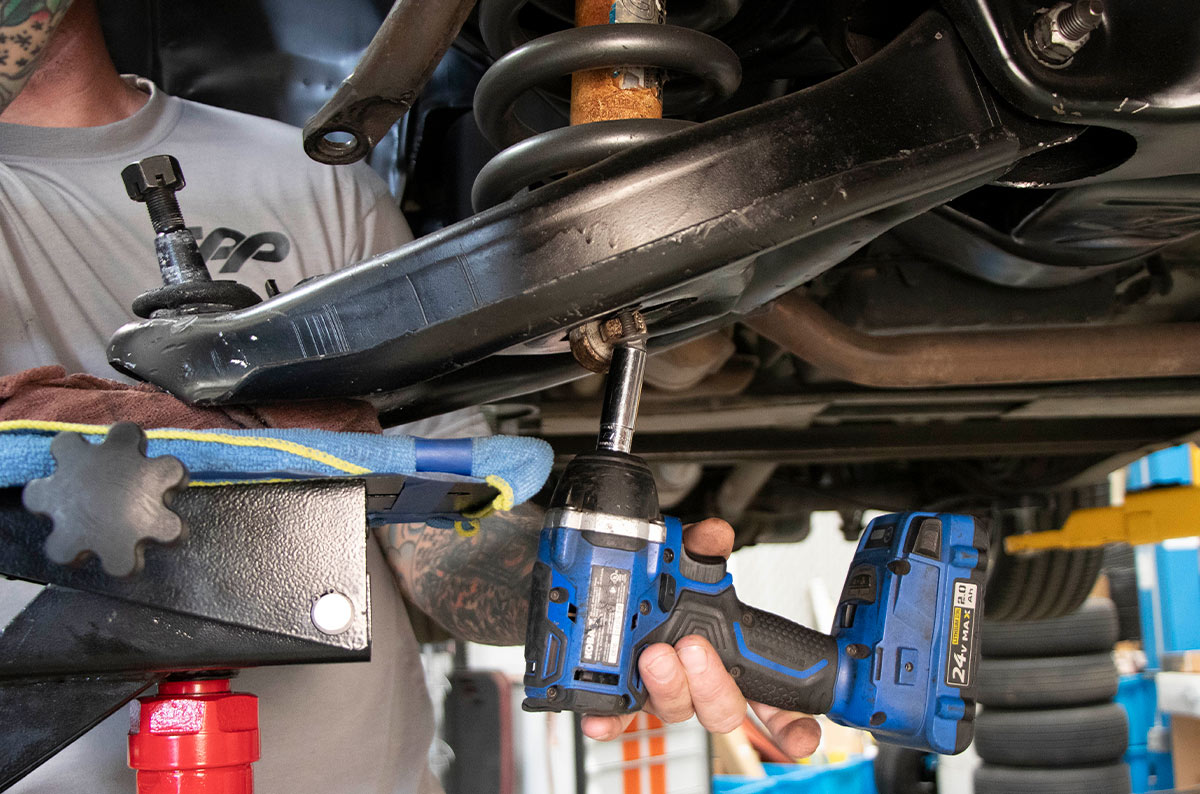

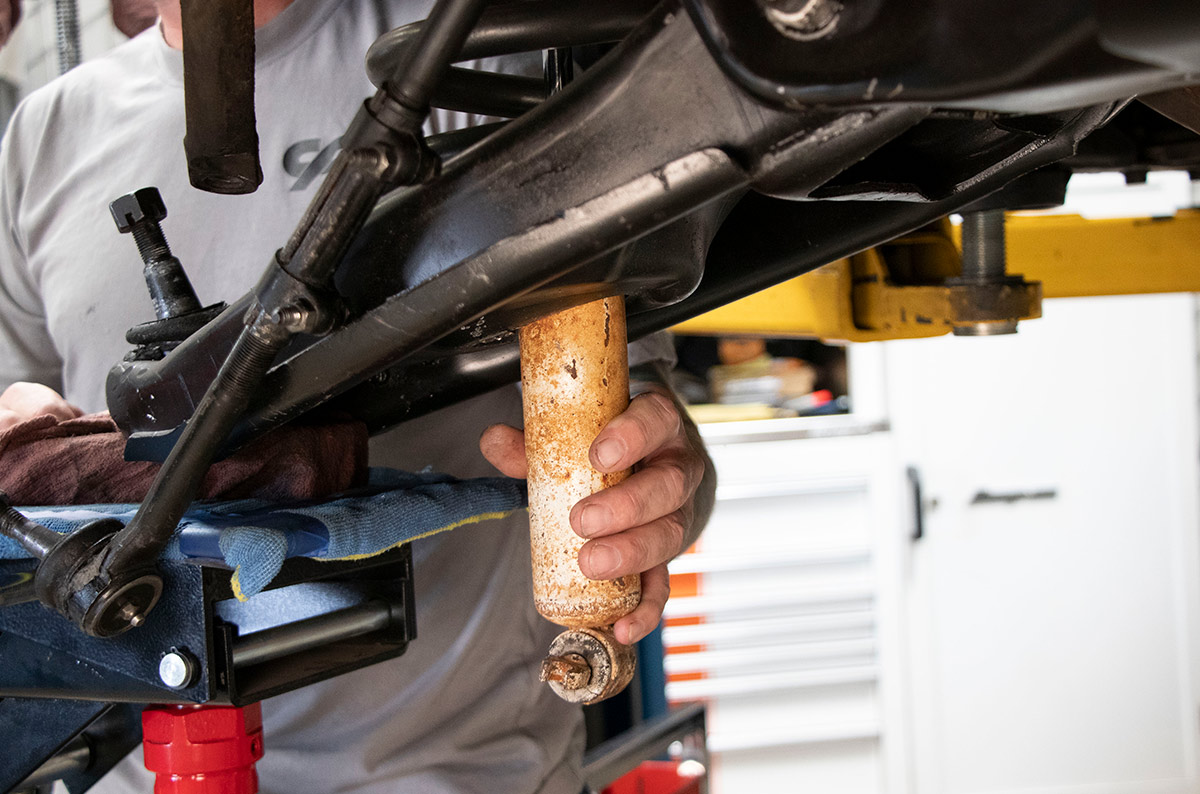
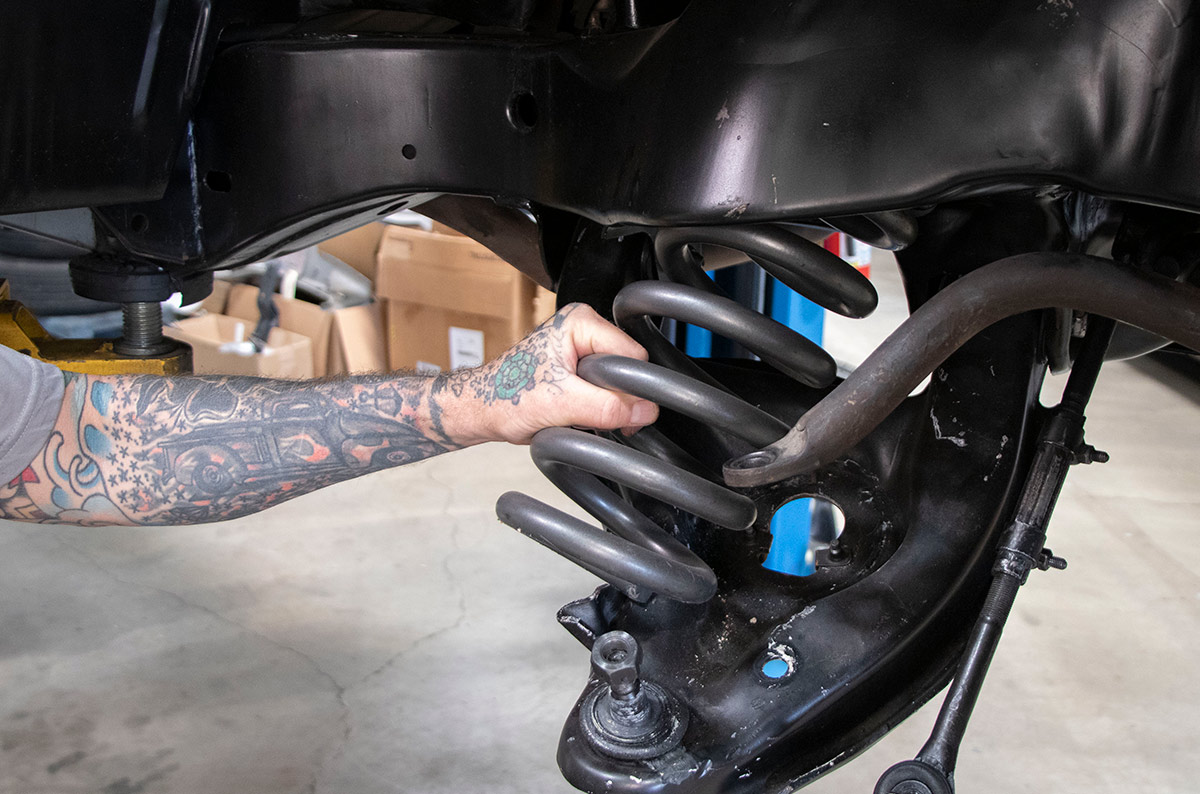
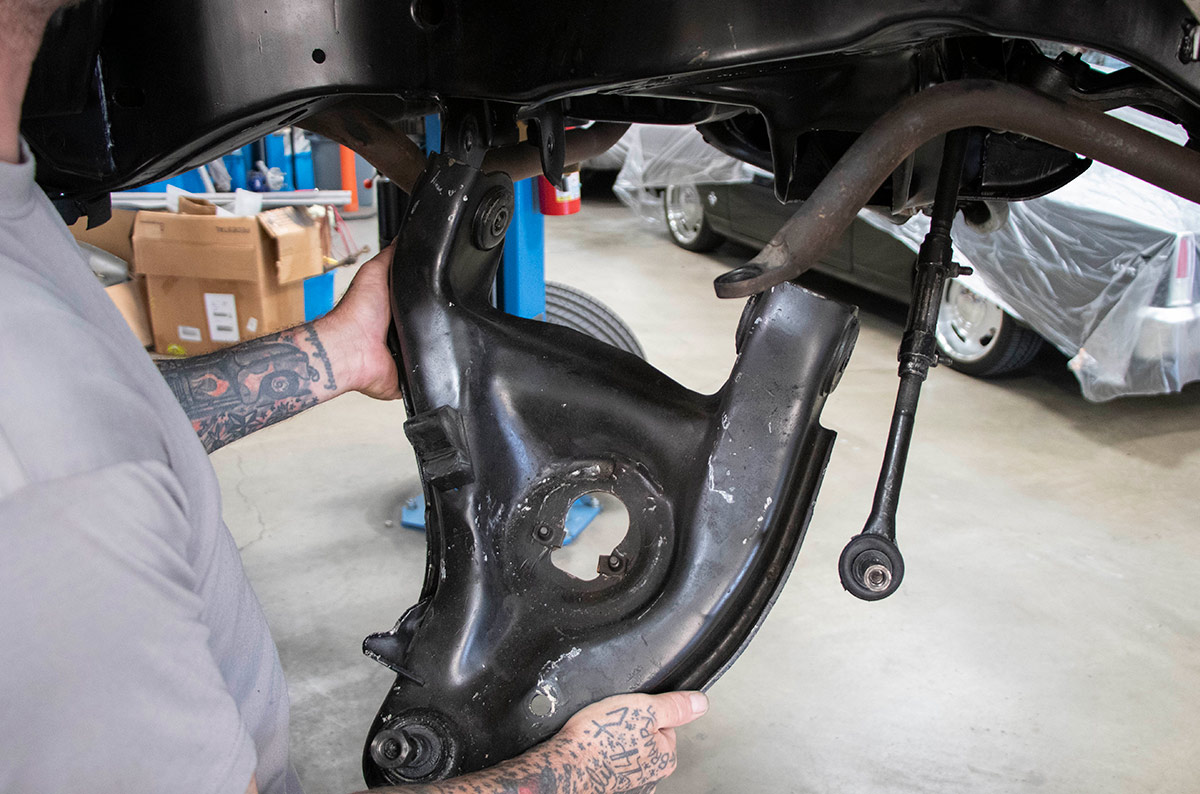

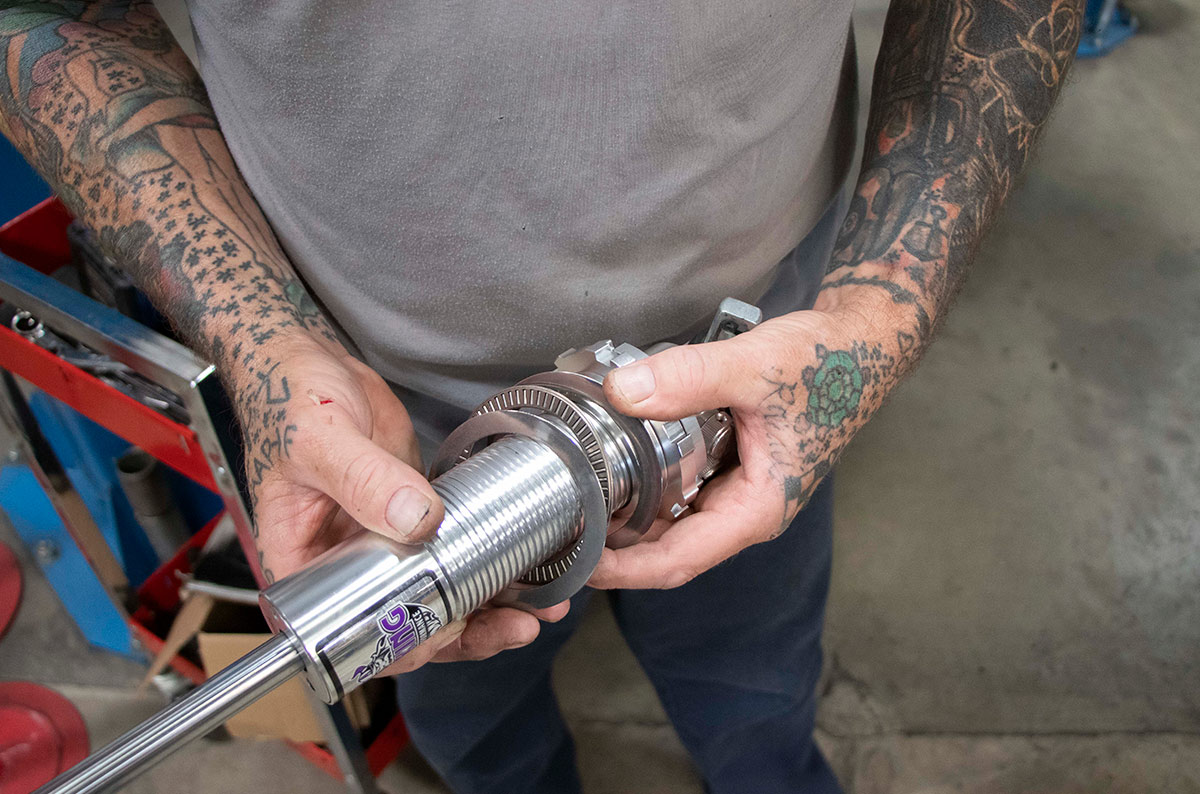



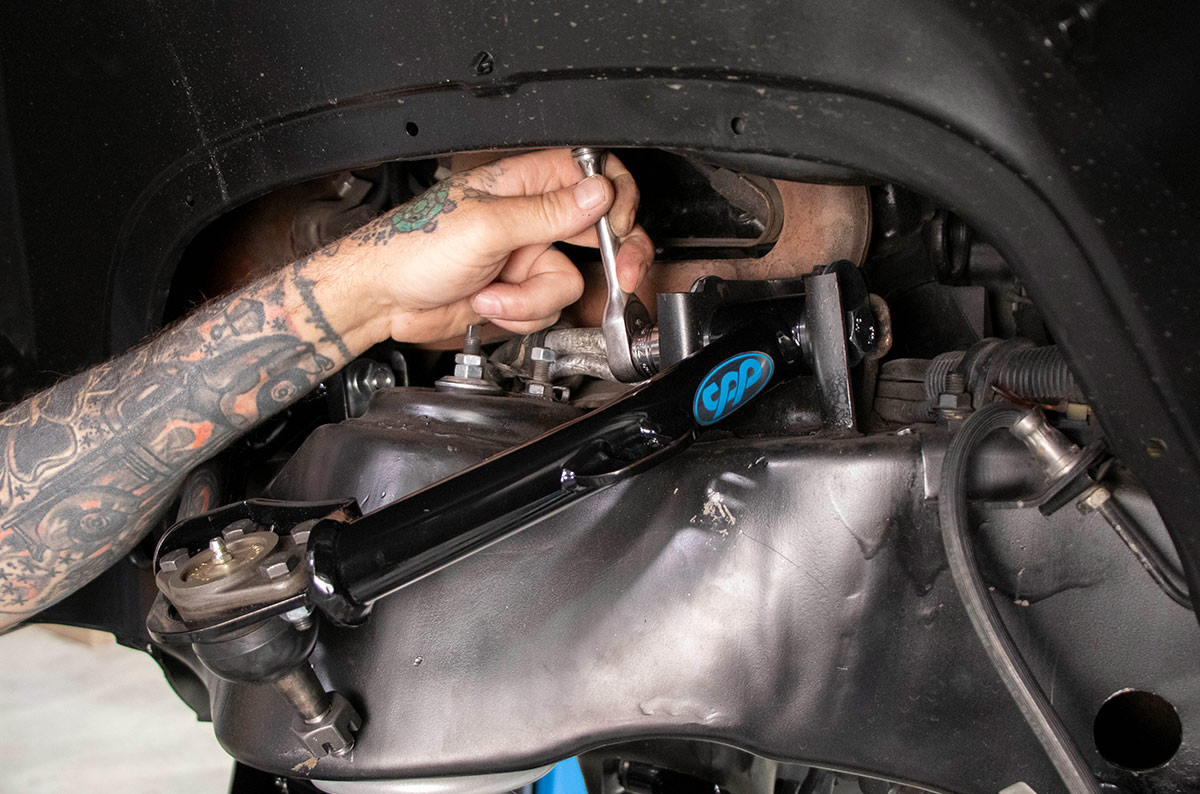
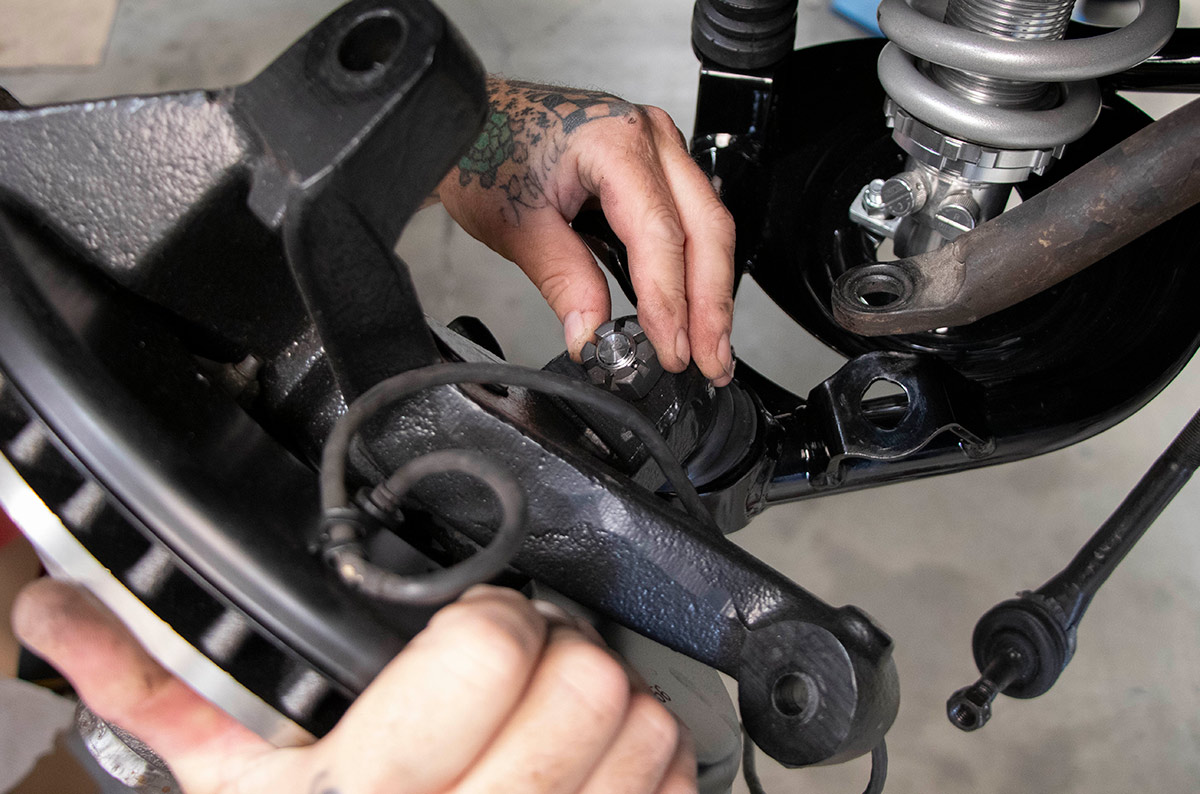

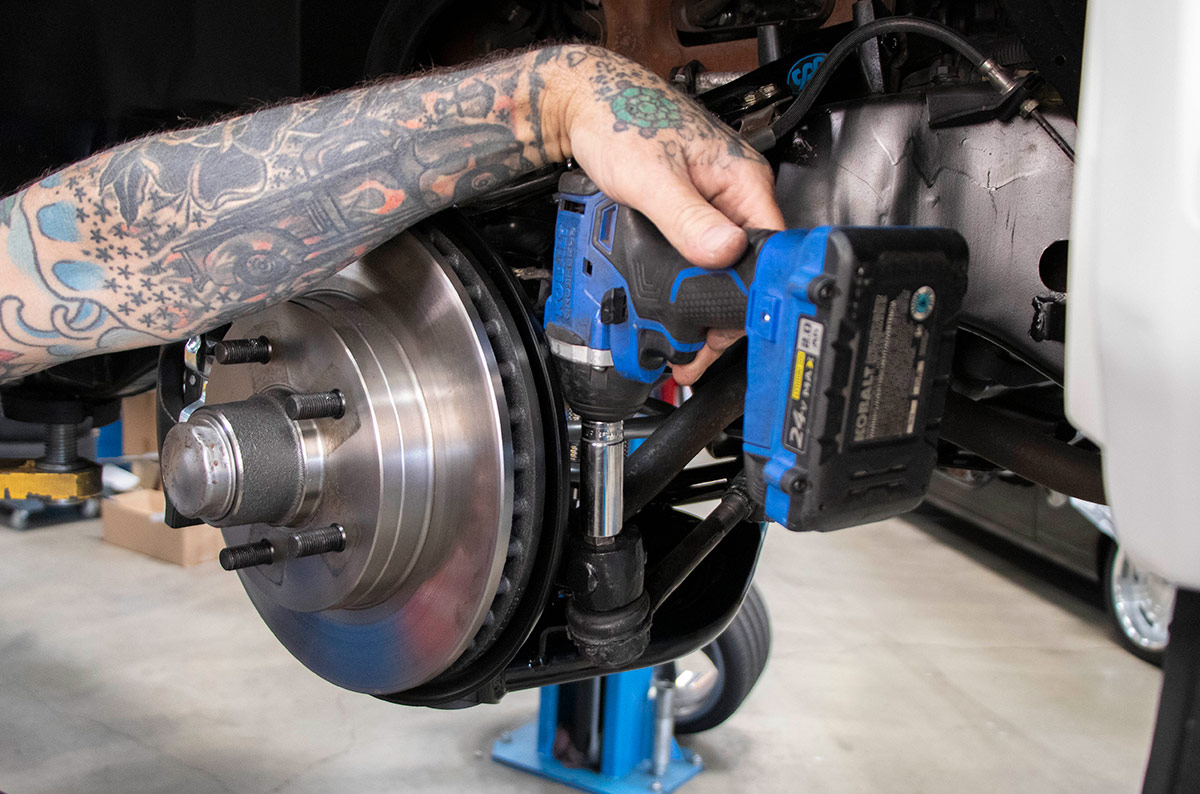
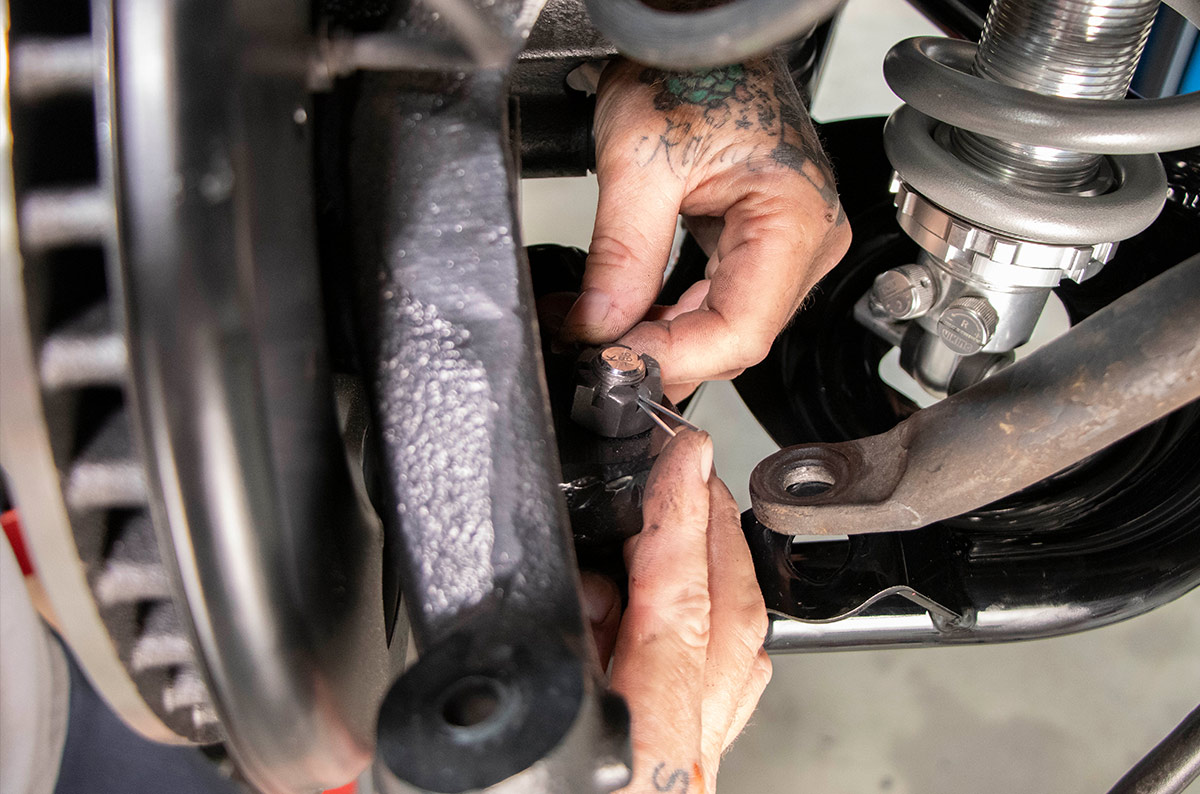
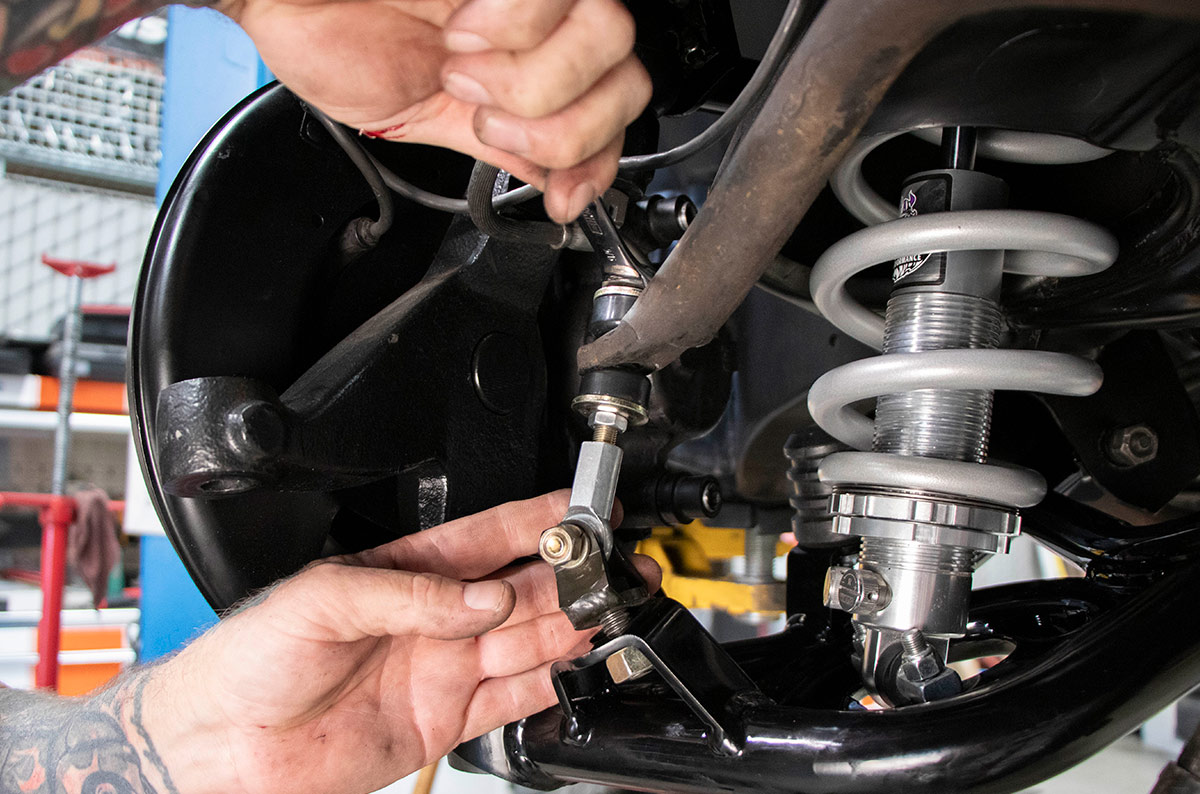
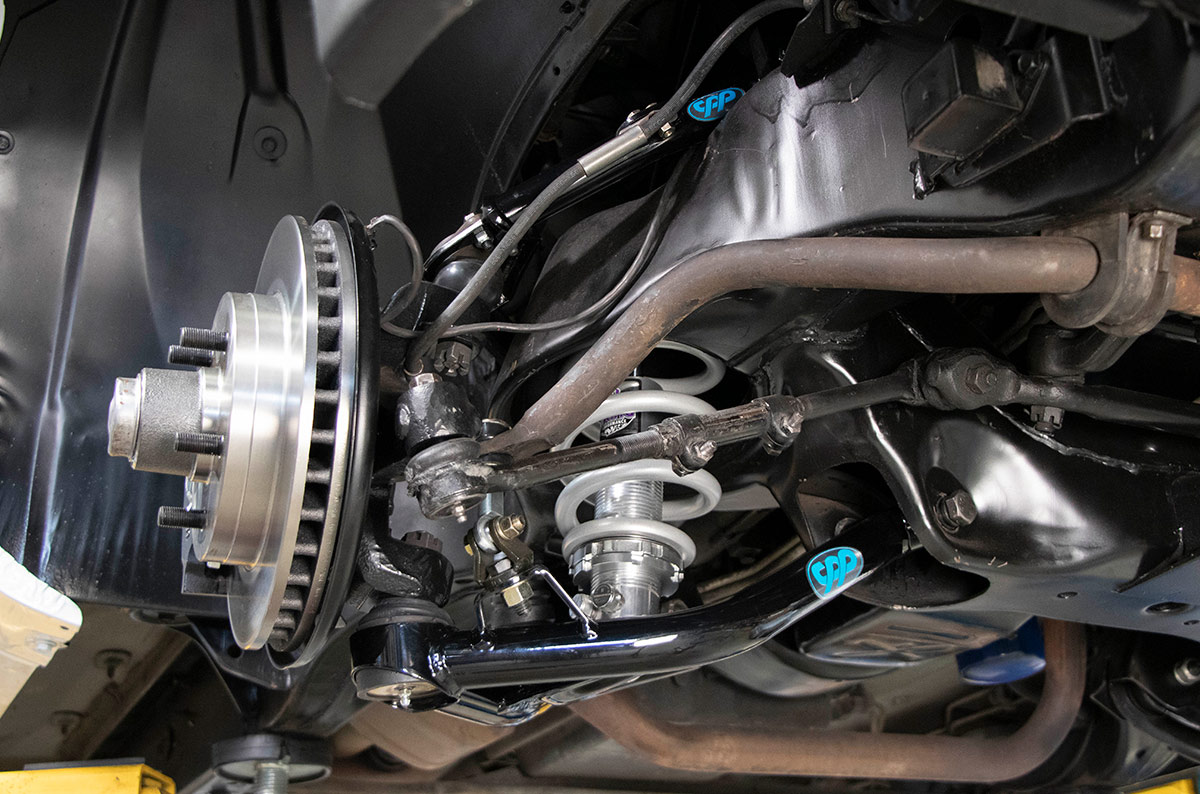
 SOURCE
SOURCE